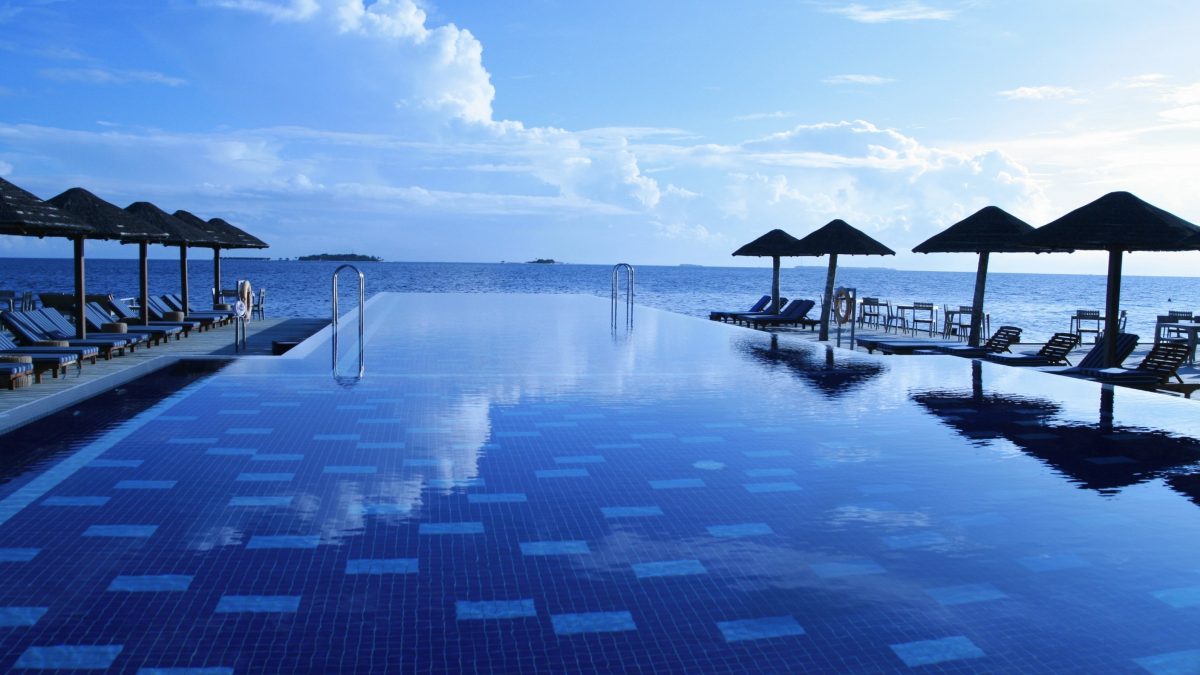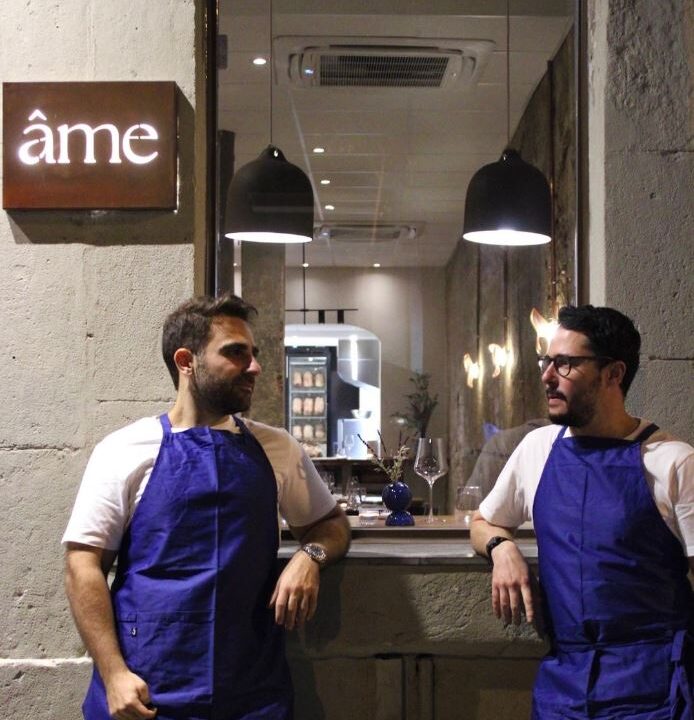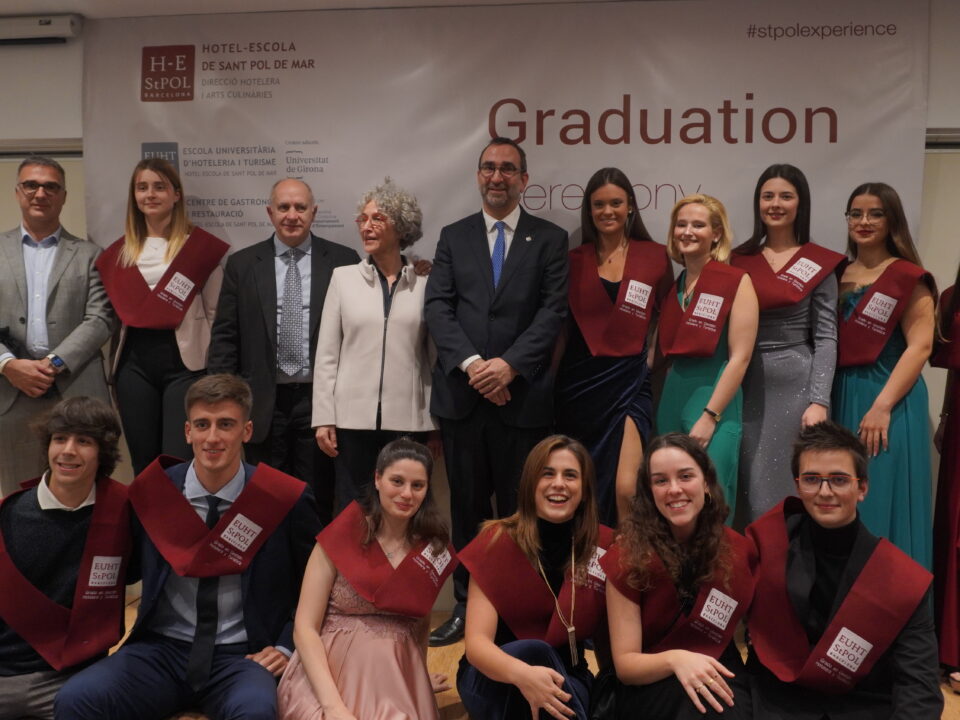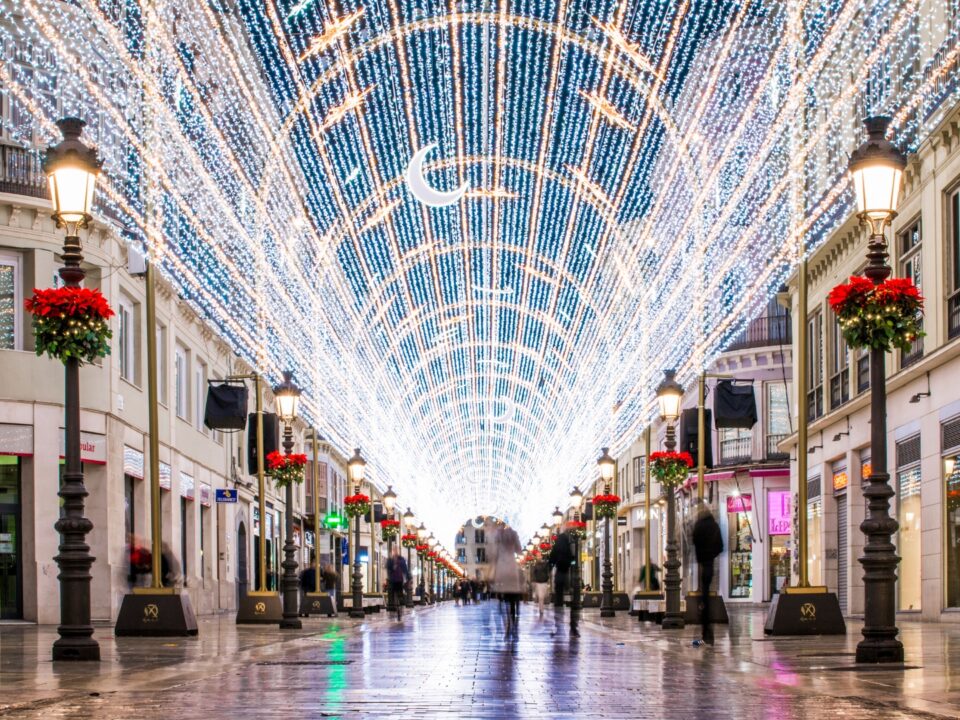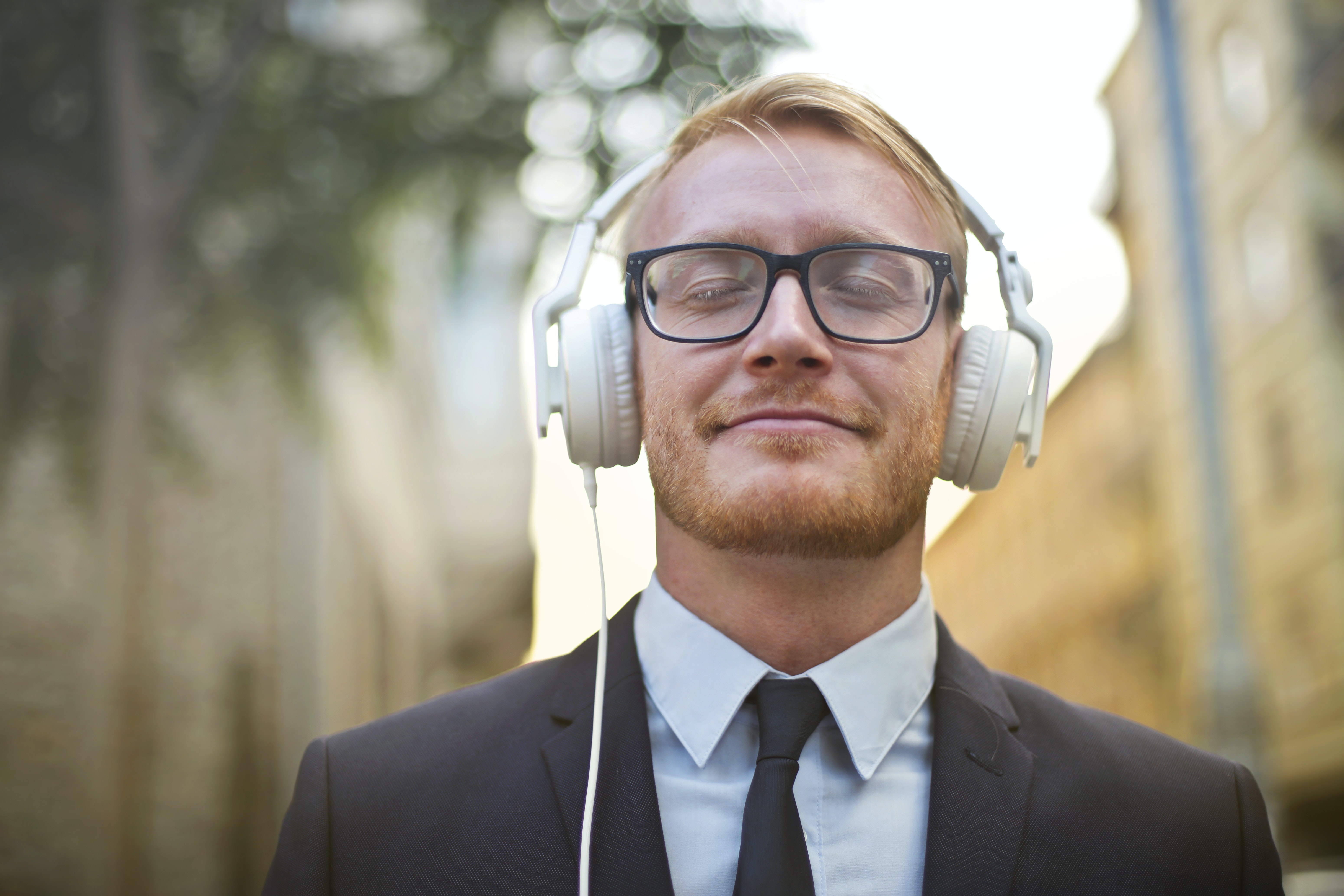
6 Hospitality Podcasts You Should Know About
14 July, 2022
The 5 best TV series about (real) hotels
24 August, 2022The current climatic changes and rising populations over the past 40 years have brought with them a water shortage challenge across the world. Hospitality businesses use a lot of water in their day-to-day operations and make both commercial and environmental sense to implement good practices policies.
For instance, annual savings for a 100-room hotel amount to 16,573 m3 water, 209,541 kWh energy, and €58,436. Another study pointed out that universal implementation of best practices applied across hotels and campsites could reduce water use by at least 422 million m3 per year throughout Europe.
These are the 3 steps you should follow to tackle water waste in your facilities.
1. Measurement
The first step in developing a good picture of consumption is to conduct periodic monitoring. An audit entails gathering historical water bills and counting all of the water used by fixtures and appliances both inside and outside the building.
Green Hospitality reported in 2016 that the average consumption per sleeper was 301 liters. This means that if a hotel is worse than this, it is aware that it has room to improve. If it’s below, it can probably get better because 301 liters is a lot of water! You can create your benchmark, such as liters of water per cover, per visitor, etc.
Sub-metering is used in high-water-use areas such as kitchens, laundries, and swimming pools. Should be linked to your mains water meter, with all data ideally managed in the cloud and alerts sent when consumption exceeds acceptable levels. The payback period for these meters is often very short because they allow you to identify poor behavior and reduce consumption. When employees are aware that they are being evaluated, their performance changes.
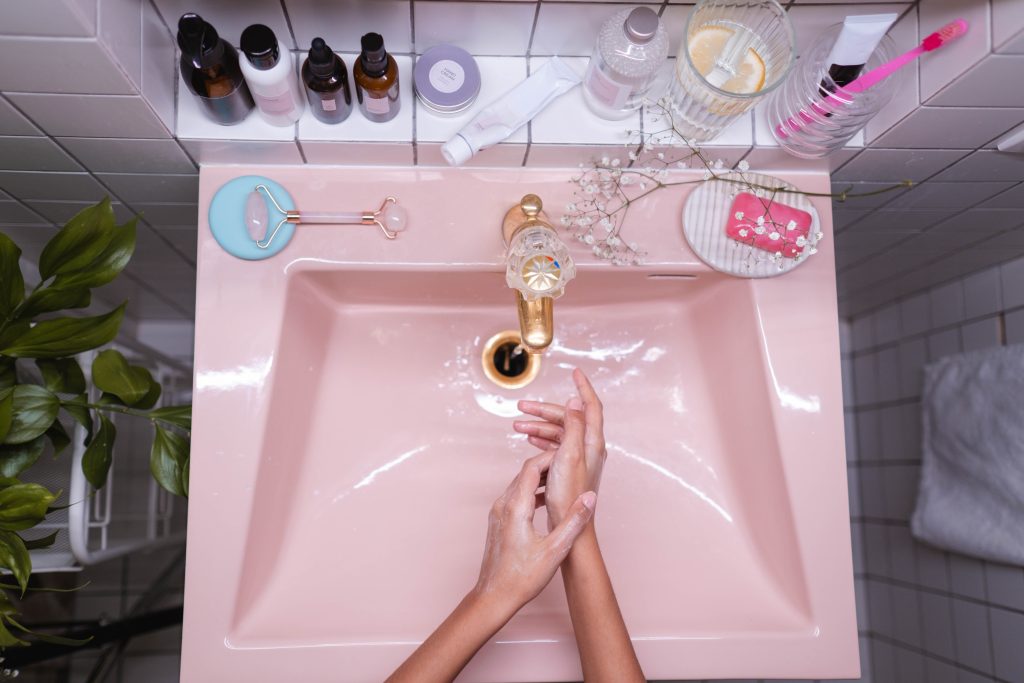
<<Did you know that some sink taps dispense up to 15 liters of water per minute?
95% of running tap water never touches users’ hands! >>
2. Investment
Businesses can reduce water consumption without affecting customer service by installing low-water-use equipment. This is a fundamental principle in the tourism and hospitality industries: the customer should not notice any environmental improvements unless you specifically ask them to. Where can you put your money? Your strategy should initially concentrate on areas with the highest water use and the lowest investment.
Towel Reuse Program – Request that customers hang up their towels for reuse, and make sure that staff follows through. Make sure you have a policy in place to ensure that if your staff feels that fresh towels are needed, they provide extra rather than a replacement – don’t irritate your customer.
Linen Reuse Program – If this is not your existing standard, do not change linen during a guest stay or engage with the customer to request a linen change.
Bedroom toilets with old cisterns can be flushed with a brick or bottle of water or a commercial water toilet reduction device such as a “Hippo” Bag or similar.
Reduce water pressure in specific areas or across the entire property. Make certain that it has no negative impact on your operation. For instance, backwashing a swimming pool should be based on pressure reduction rather than on a scheduled appointment.
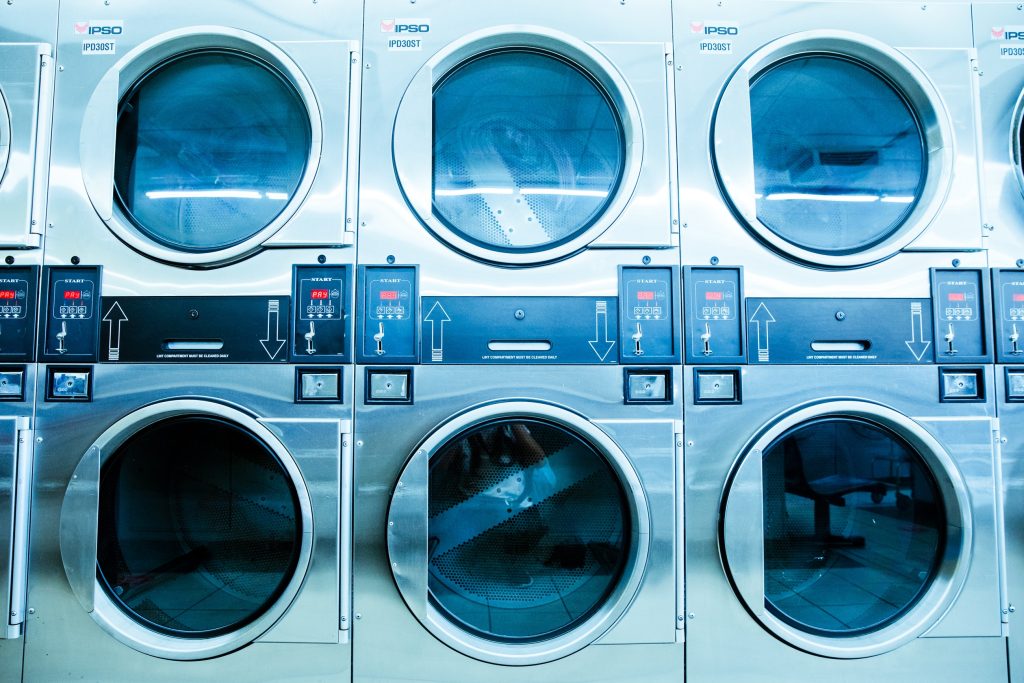
<<Less than 2% of Mains Water is directly consumed – the majority is used for toilets,
personal washing, cleaning, and food preparation. >>
3. Communication
Now that you know how much water you’re using, where it’s going, and have upgraded your equipment, you can go on to the next phase: influencing human behavior.
Poor behavior contributes significantly to waste. Staff and customers must be communicated with and encouraged to use less water.
Employee Training: Teach your employees to use as little water as possible while working.
Customer Communication: Engage with your customers, don’t be afraid of them, and be upfront with your message: “We are working hard to reduce our environmental impact without affecting your stay – however, there are several things you could do to support our actions.” In other words, you can tell a story including messages about your other environmental activities as well such as community engagement, energy efficiency, carbon offsets, waste minimization, and so on.
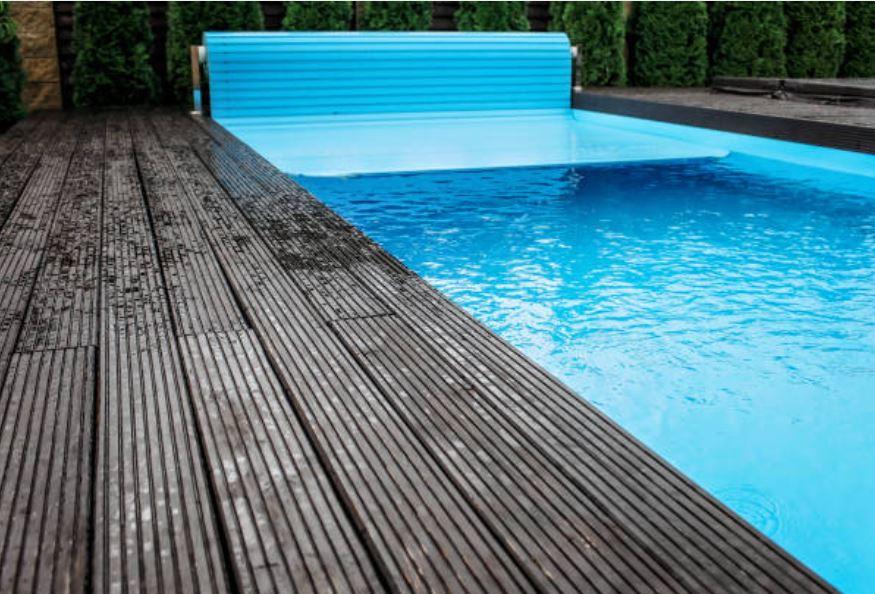
<<A pool cover can reduce total energy usage in a swimming pool
by up to 30% by preventing water evaporation.>>
Having a water management plan will not only benefit our commercial activity and the health of our planet, but as public awareness of sustainability grows, it is becoming critical to guide the hospitality industry toward achieving the Sustainable Development Goals.

